How to Upload Adobe Xd Prototype to Wordpress
The process of translating your pattern image into a WP website simply got a whole lot easier. Whether yous prefer to create your website prototype in Photoshop or Sketch, once it'southward done and you lot've got your client's approval, you lot nevertheless have to transfer your designs to the actual site.
In this weblog, learn the best practices for transferring your designs in PSD, Sketch, and any other tool, to WordPress and Elementor in the virtually efficient manner.
What was once built using blueprint platforms tin can now be done more directly using Elementor'south functionality. Instead of the laborious process of cutting HTML pieces and pasting them into your site, now, what yous see is what you become.
What is the process?
Your design prototype functions as a reference, used adjacent with Elementor, with many of the details (Min Elevation, font, etc.) readily available to exist ready up in Elementor. The more than experience y'all gain using this process, the more you design in Sketch or Photoshop with Elementor in heed. You accept into consideration the boxed grid of Elementor, the weight of your images, CTA button widgets, and other widgets you plan to employ.
This way, you lot often finish up adapting the site to what you lot designed in Sketch or another blueprint tool. In Elementor, at that place is no conversion process; your design platform seamlessly pastes into WordPress.
Permit's take a look at the main benefits.
Source: https://elementor.com/blog/from-prototype-to-wordpress/
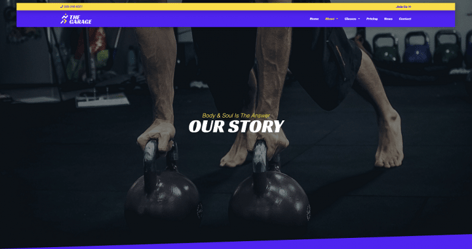
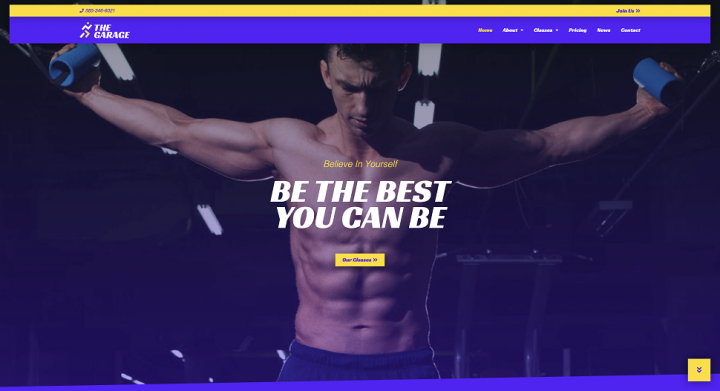
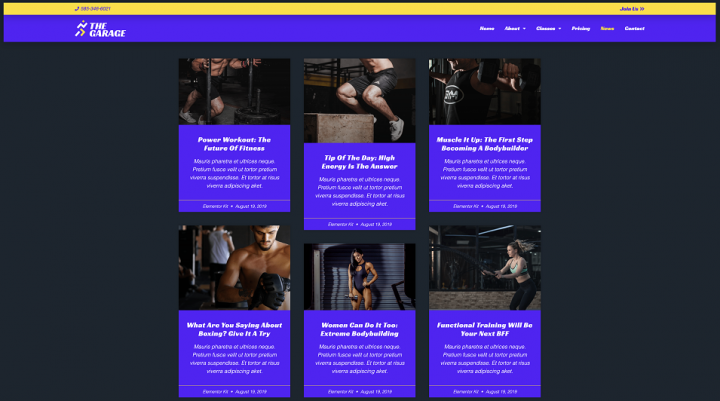
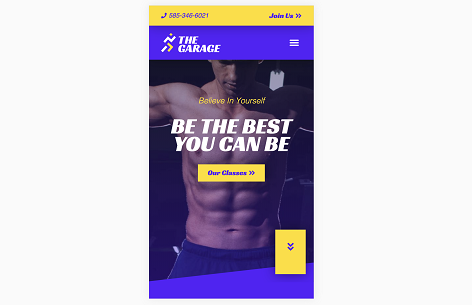
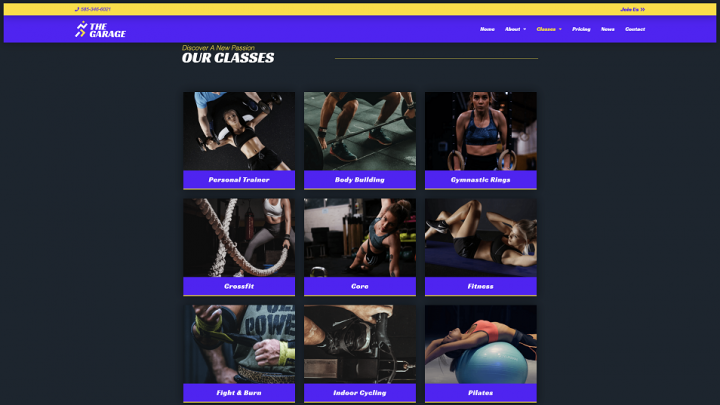
0 Response to "How to Upload Adobe Xd Prototype to Wordpress"
Post a Comment